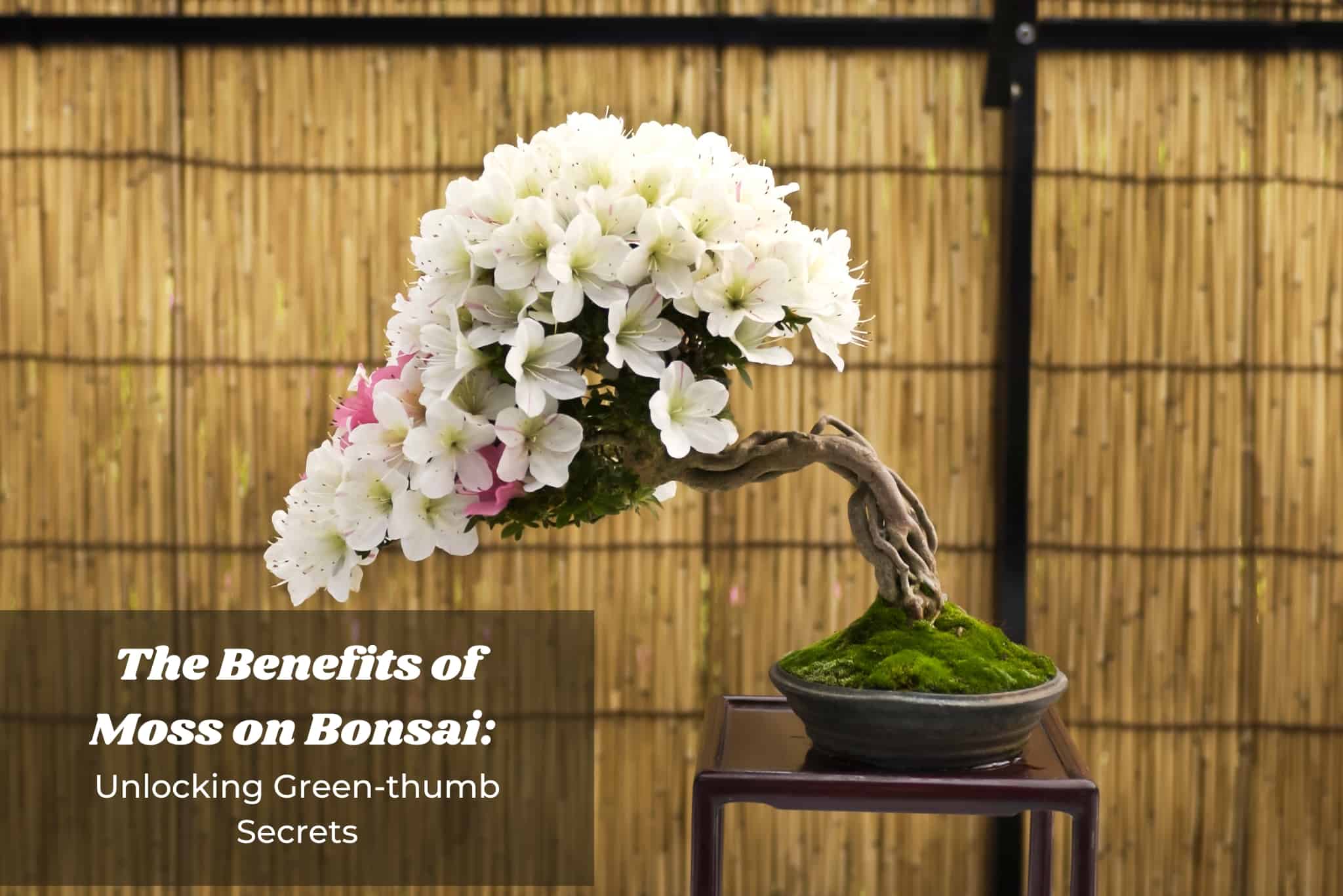
The Benefits of Moss on Bonsai: Unlocking Green-thumb Secrets
Read more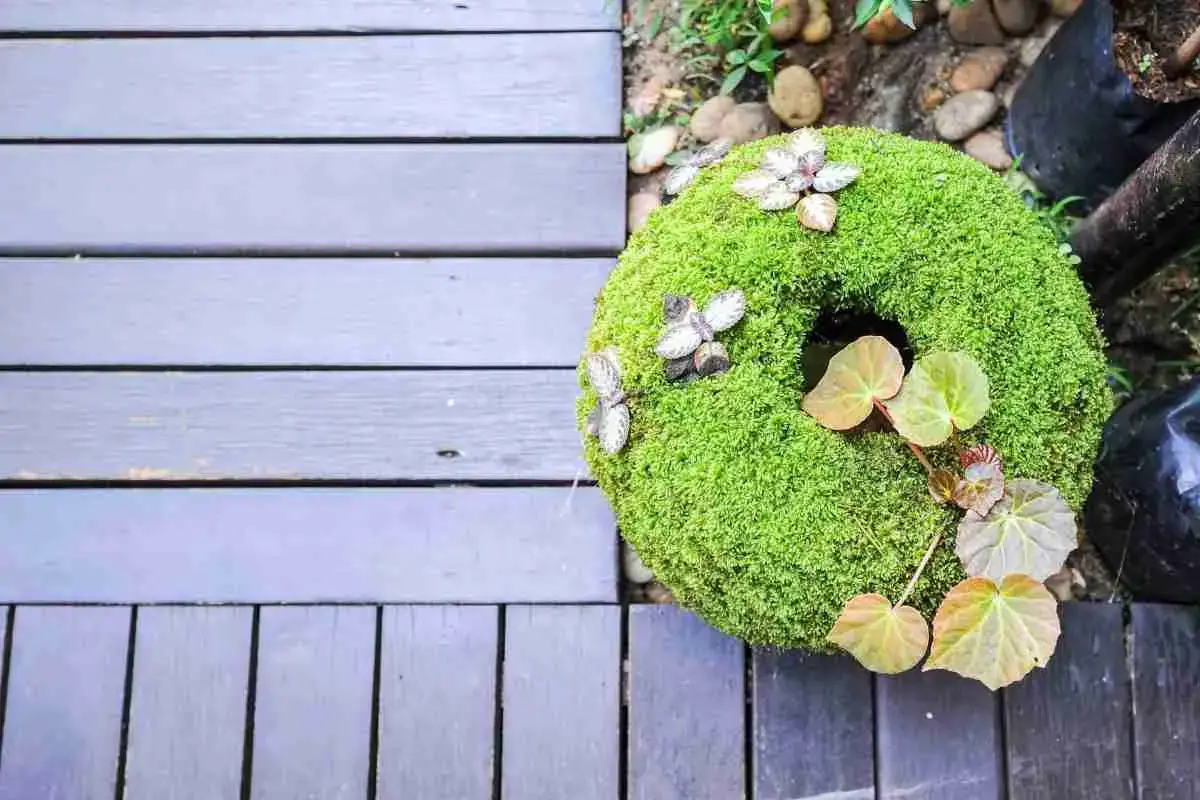
Decorative Moss For Potted Plants: Live & Preserved
Read more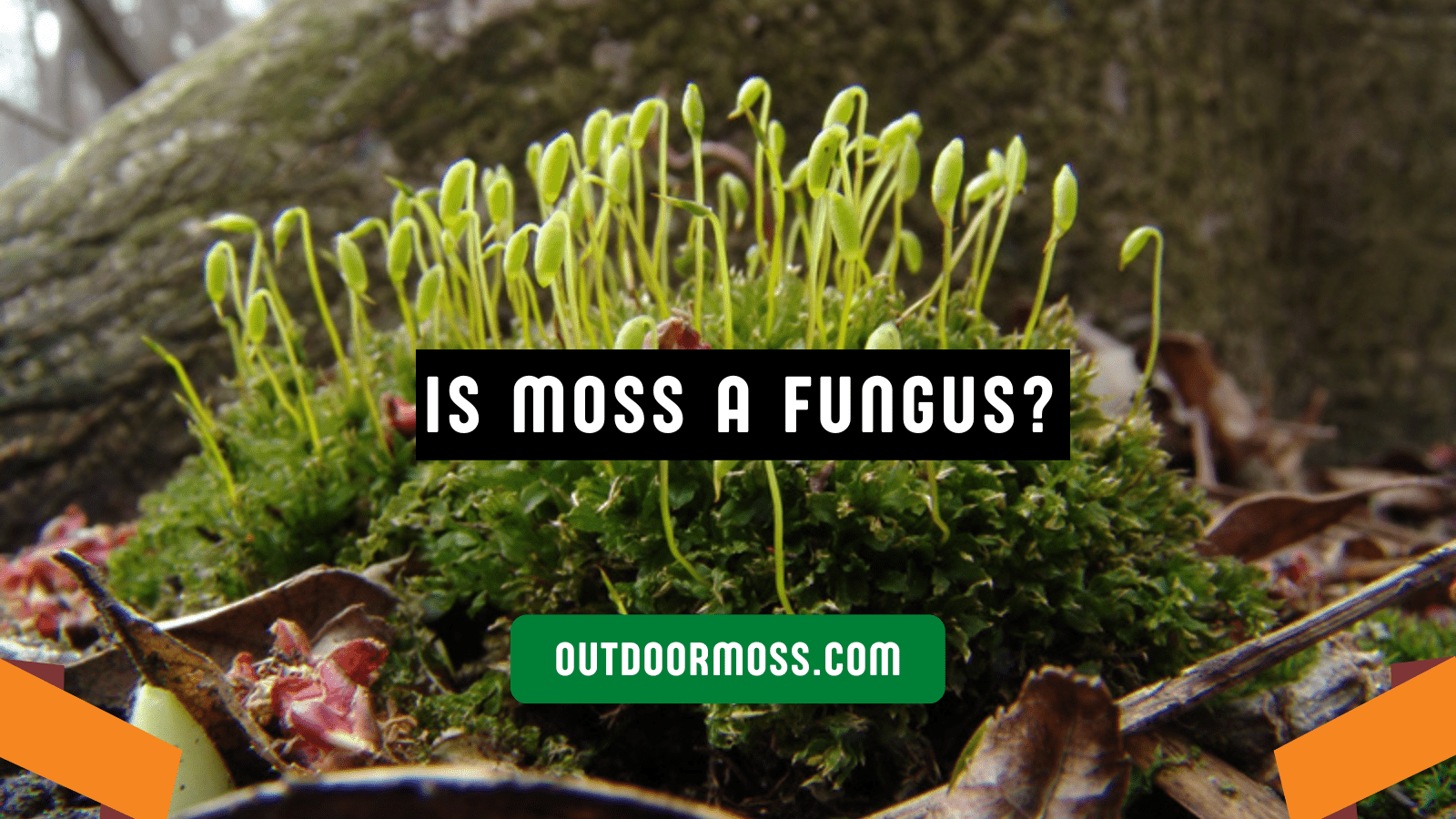
Moss vs. Fungus: Exploring the Differences and Why It Matters!
Read more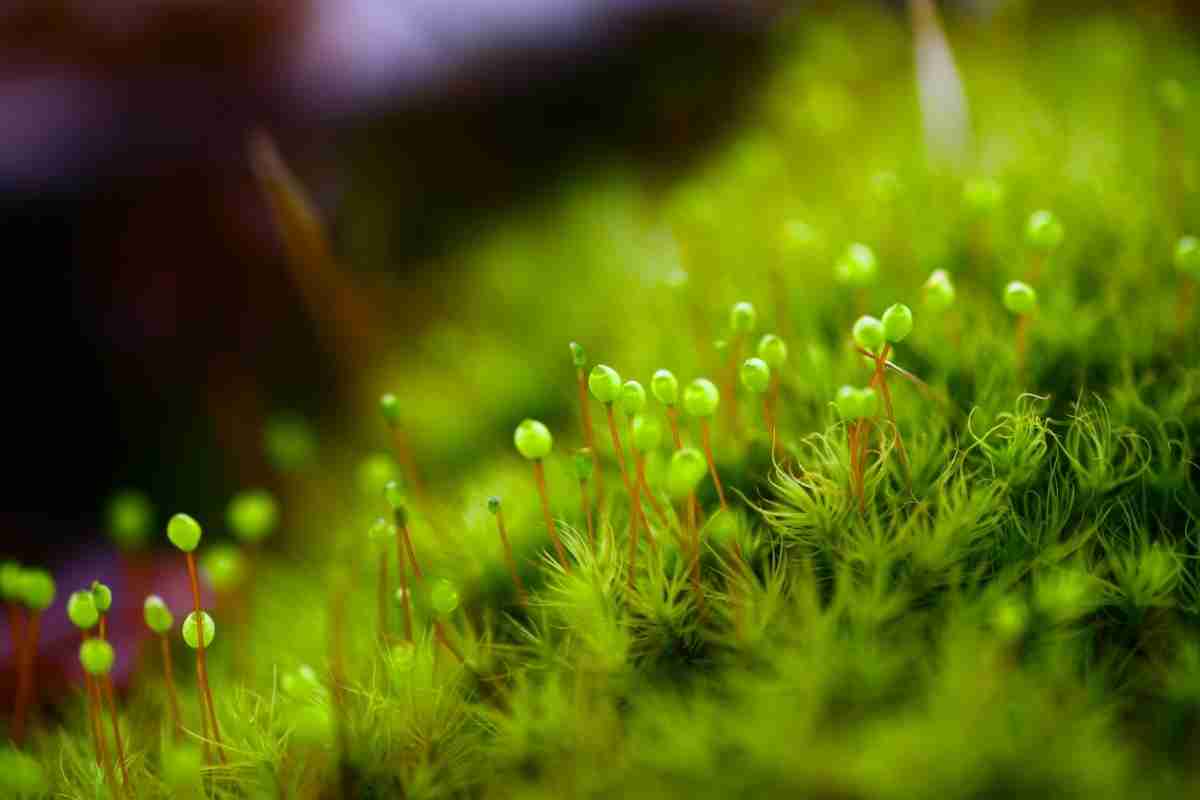
How Does Moss Reproduce? (Asexually And Sexually)
Read more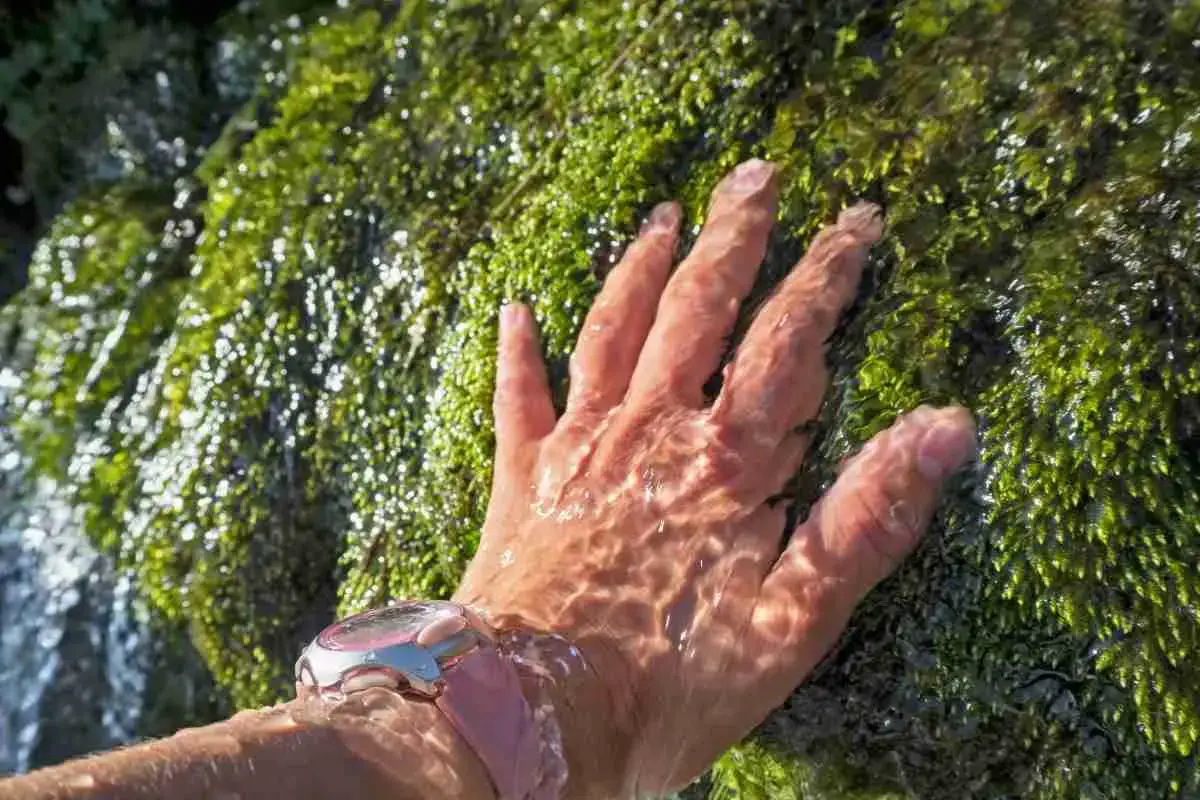
Does Moss Need Water To Survive?
Read more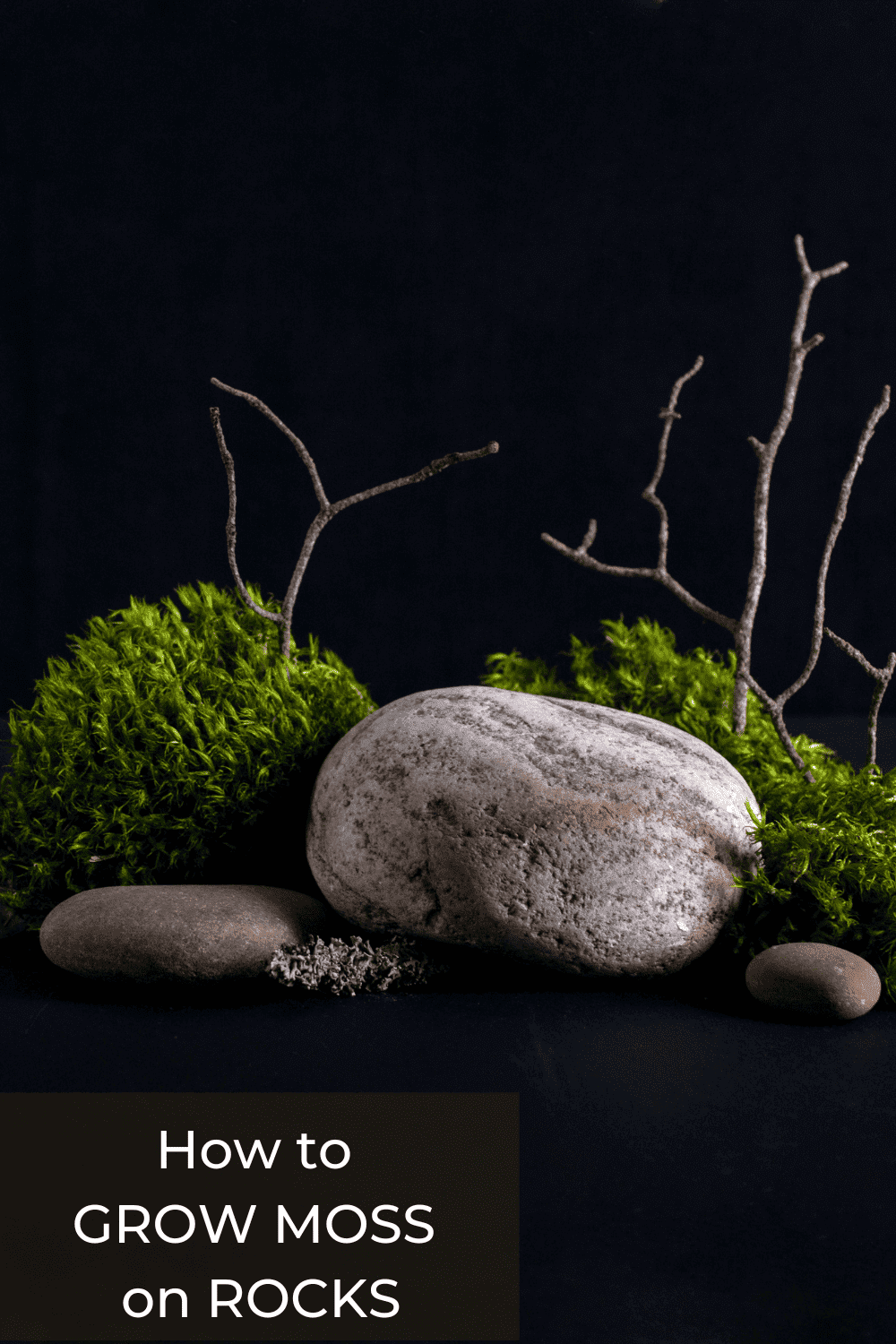
How to Grow Moss on Rocks and Impress Your Friends (or Enemies)
Read more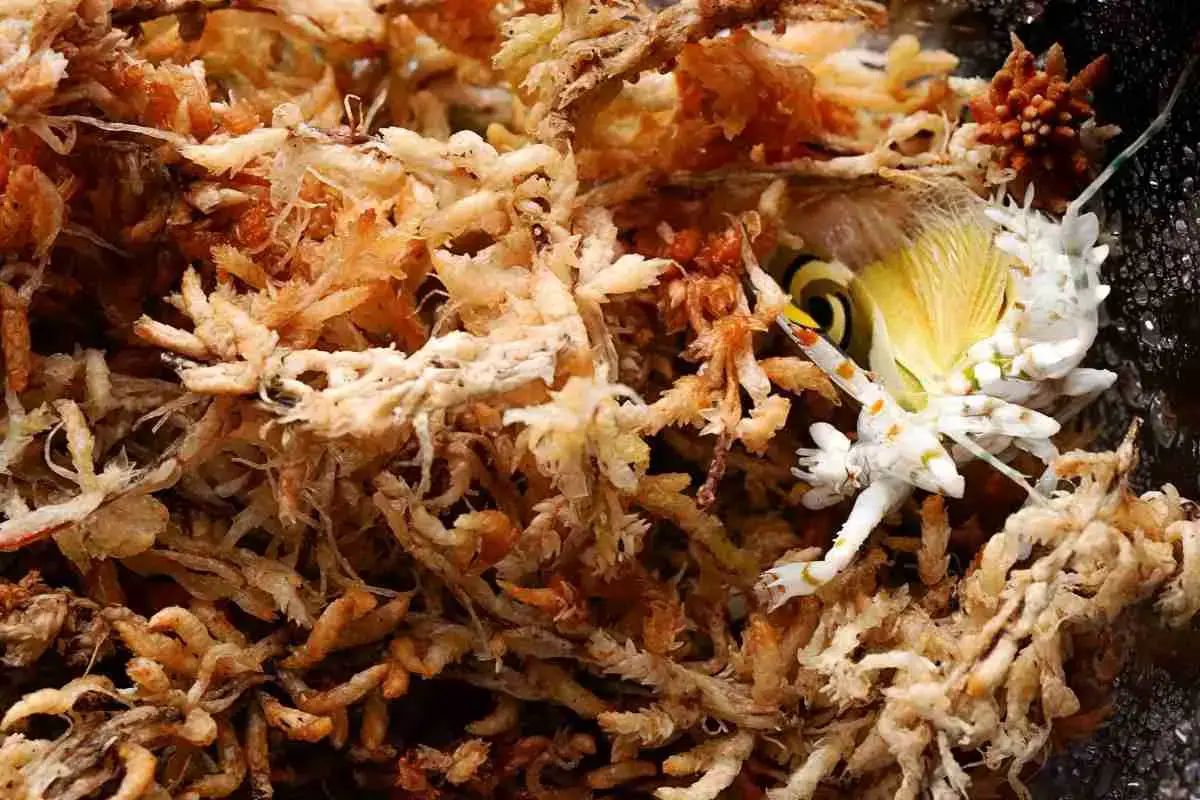
3 Simple Methods To Sterilize Sphagnum Moss
Read more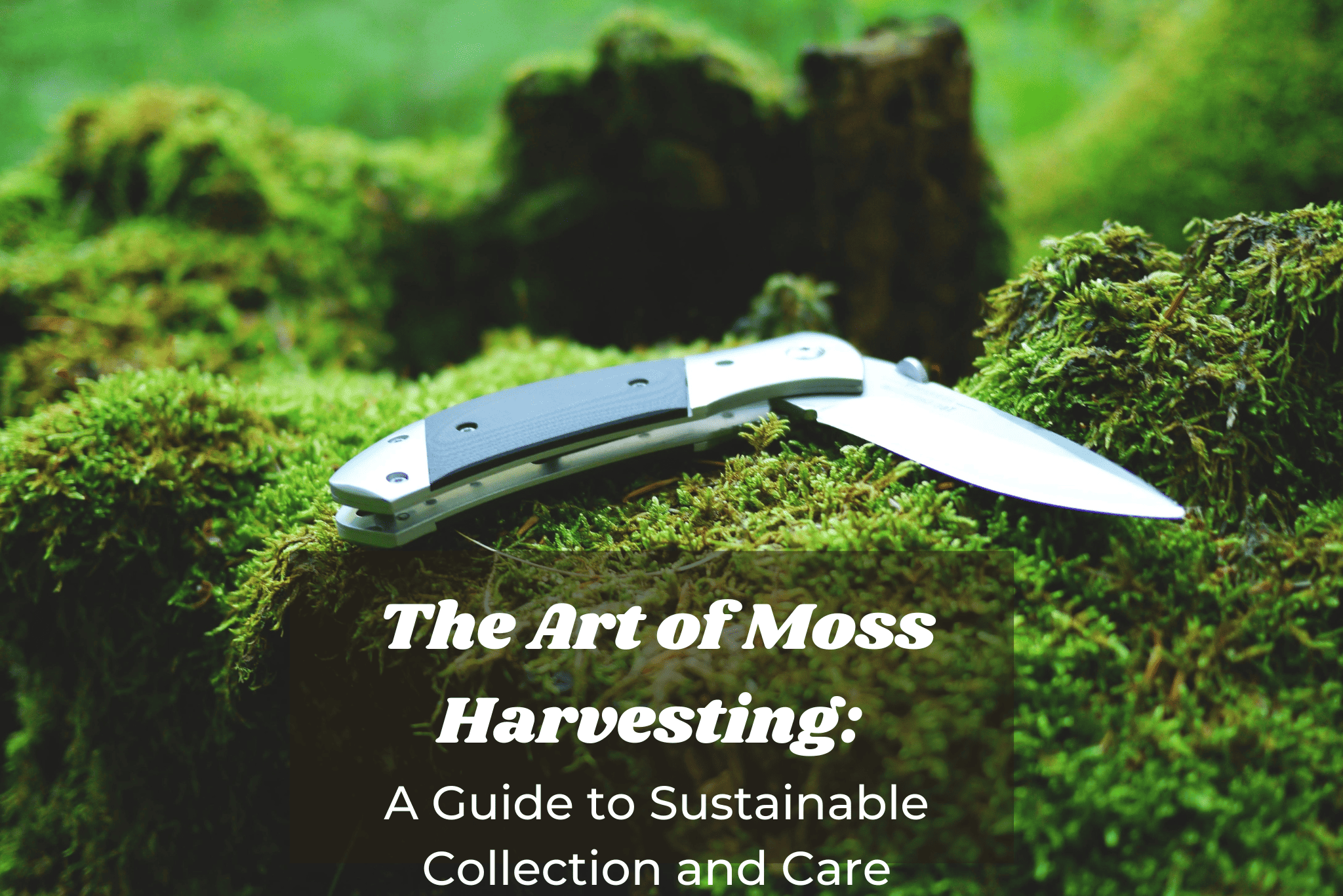
The Art of Moss Harvesting: A Guide to Sustainable Collection and Care
Read more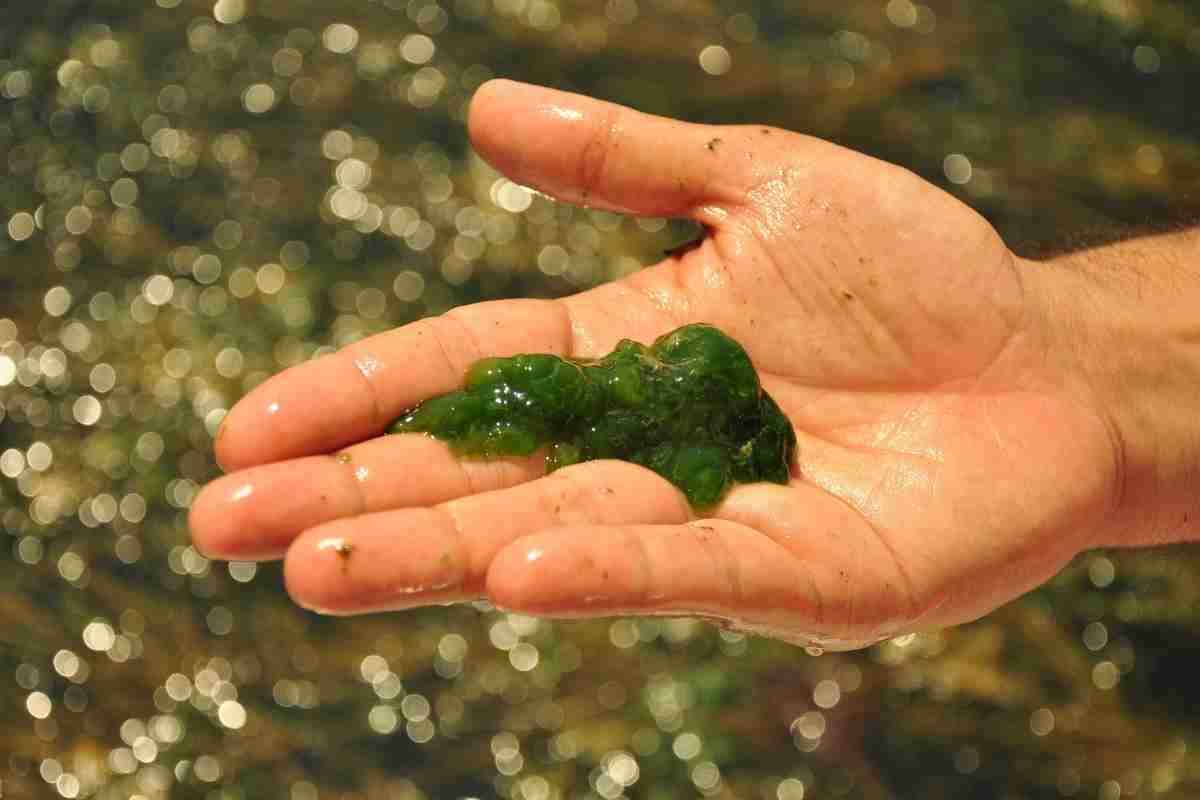
How Fast Does Algae Grow? Growth Rate Factors!
Read more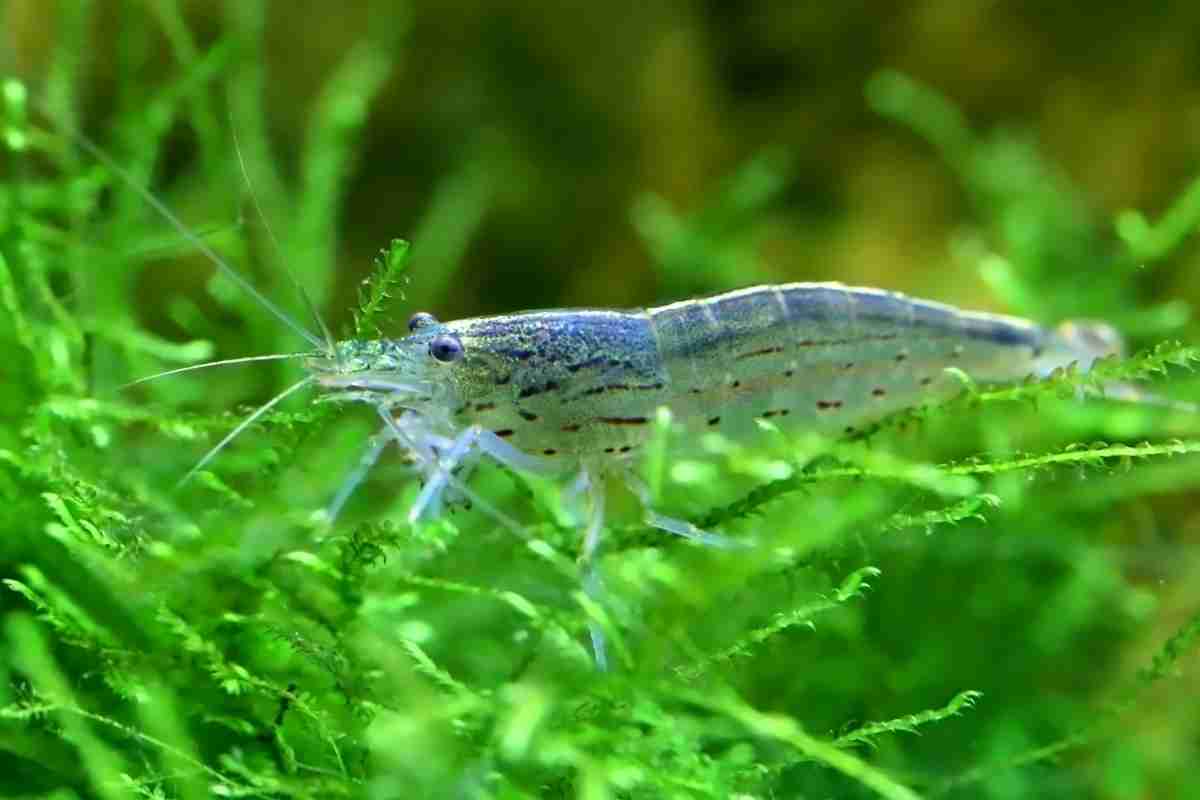
How To Grow Algae For Shrimp In An Aquarium?
Read more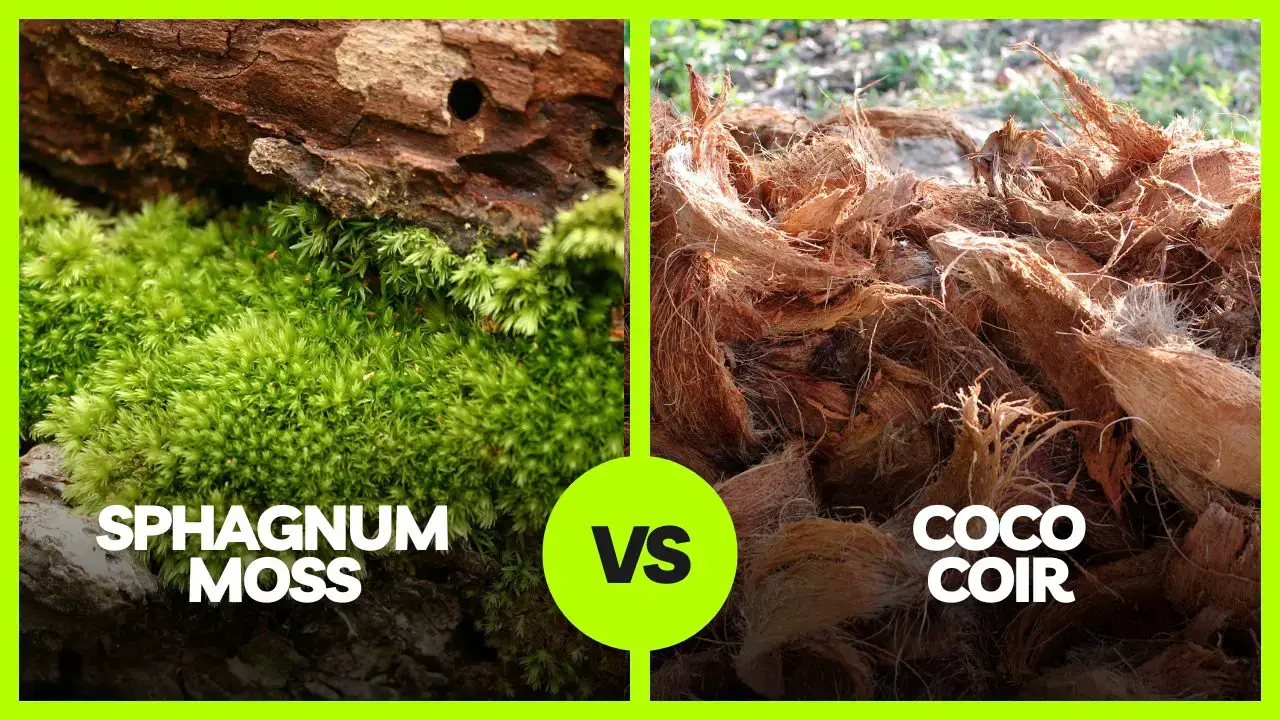
Sphagnum moss pole vs Coir pole. Which one is best for your houseplants?
Read more